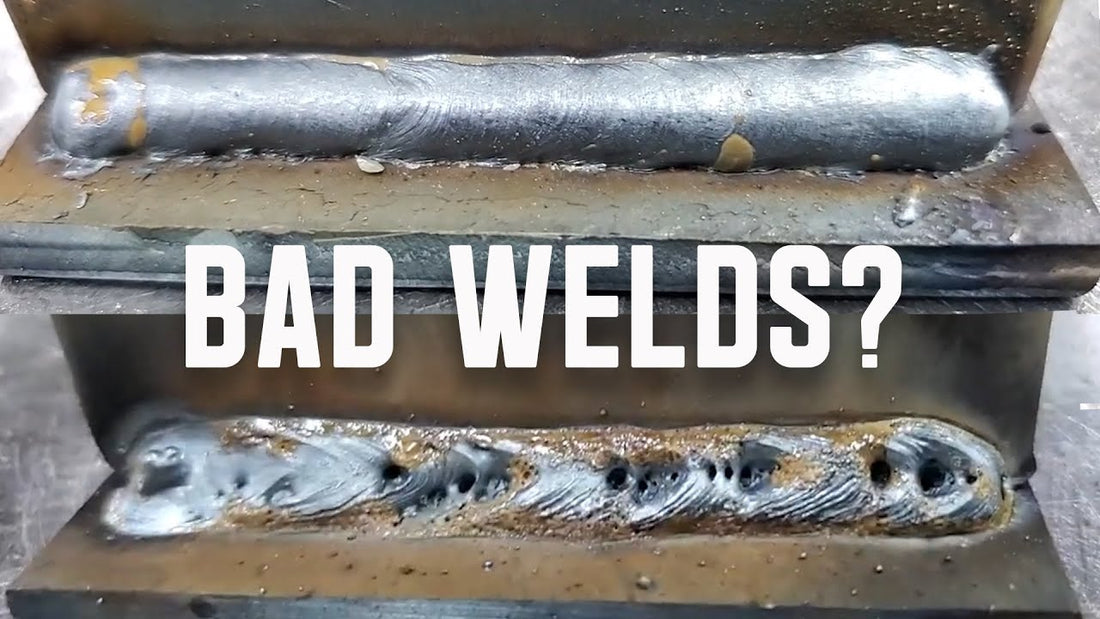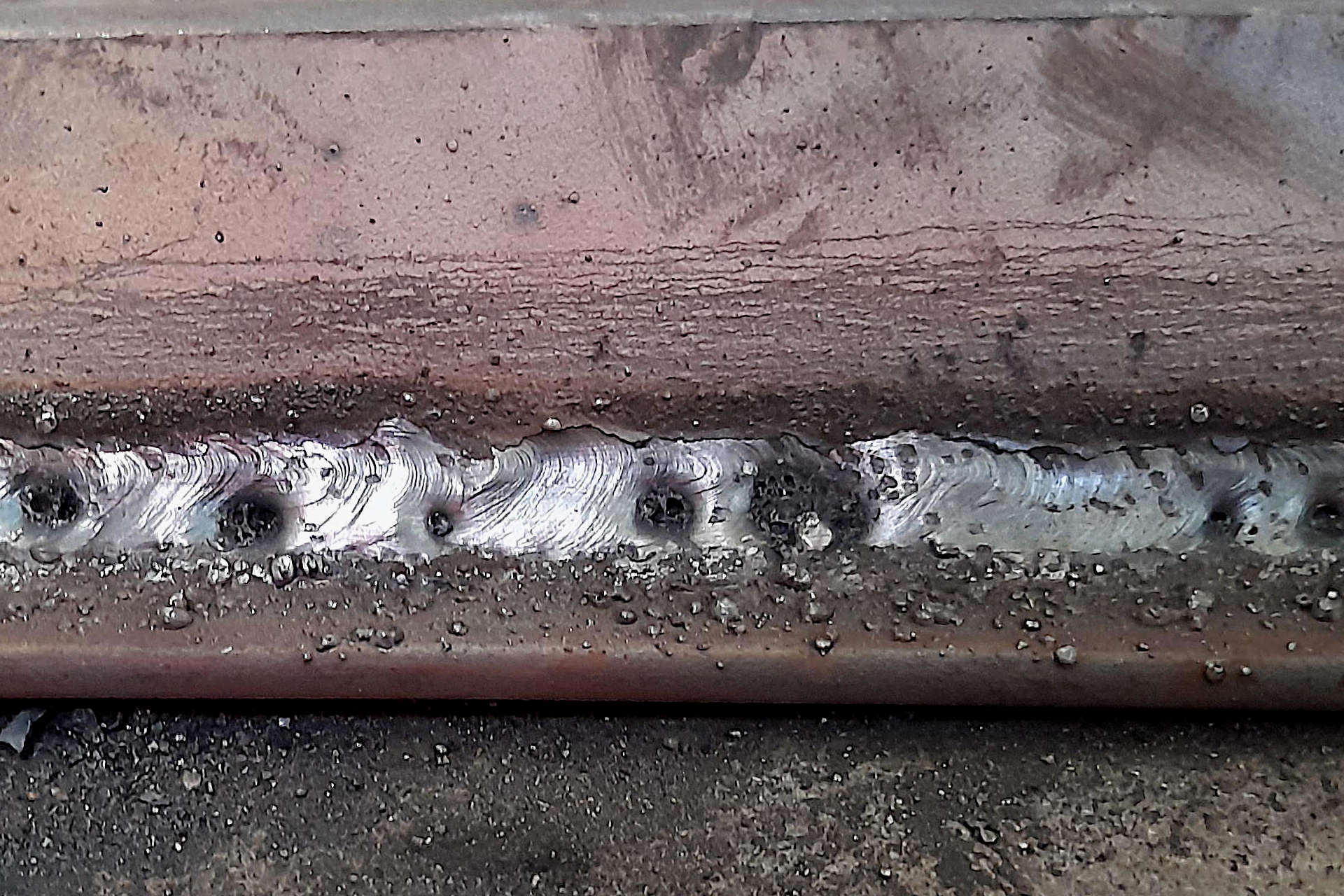Comprehending the Causes and Solutions for Undercut Welding in Steel Construction Procedures
In the realm of metal construction processes, the incident of undercut welding positions a considerable difficulty that demands an extensive understanding of its causes and feasible options. The complex interplay of different elements during welding operations can lead to this unwanted sensation, influencing the architectural stability and overall quality of the bonded joints - Preventing weld undercut. By studying the source of undercut welding and checking out effective therapeutic actions, makers can raise the standard of their workmanship and ensure the manufacturing of perfect metal parts
Usual Causes of Undercut Welding
Frequently forgotten in steel fabrication, undercut welding occurs as a result of numerous aspects that demand meticulous focus and know-how to be successfully reduced. One typical reason of undercut welding is excessive warmth input. When the warm input is expensive, it can cause the melting and subsequent erosion of the base product along the edges of the weld joint, developing a groove or undercut. Furthermore, improper welding methods, such as using the incorrect welding angle or travel rate, can also add to damage formation. Poor shielding gas insurance coverage is one more vital element that can cause undercutting. Not enough gas protection falls short to safeguard the weld pool effectively, resulting in oxidation and undercut problems. Furthermore, the option of welding specifications, such as voltage, existing, and cable feed rate, plays a considerable duty in the incident of undercut welding. Understanding these typical reasons is critical for carrying out preventive measures and making certain top quality welds in metal manufacture procedures.
Effect of Incorrect Welding Parameters
Unreliable welding specifications can considerably compromise the integrity and top quality of bonded joints in steel manufacture processes. The effect of wrong welding parameters manifests in various ways, leading to architectural weak points and problems in the bonded components. Meticulous focus to welding criteria is paramount to guarantee the production of top quality welds with the wanted mechanical residential or commercial properties and architectural integrity.
Effect of Improper Lantern Angle
Inappropriate lantern angle in welding procedures can significantly impact the quality and stability of the final weld joints in steel manufacture procedures. Damaging is a typical welding problem where a groove forms along the weld toe, damaging the joint and compromising its structural integrity.
A torch angle that is also steep can result in insufficient penetration, incomplete combination, and boosted spatter. On the various other hand, a torch angle that is as well superficial can cause too much penetration, burn-through, and distortion of the base product. Preventing weld undercut. Proper torch angle is necessary for guaranteeing consistent weld quality, stamina, and look
To avoid damaging and various other flaws brought on by inappropriate lantern angles, welders should be educated to keep the correct torch angle throughout the welding procedure. Routine surveillance and change of lantern angles during welding can aid accomplish audio welds with very little flaws.
Function of Inadequate Welding Strategies

Another element of insufficient welding methods is inappropriate weld prep work. Insufficient cleaning of the base steels, inaccurate joint layout, or inadequate edge prep work can all add to undercut welding. Inadequate securing gas insurance coverage or utilizing the wrong type of gas can result in incomplete blend and the development of undercut flaws.
To deal with the role of poor welding methods in metal fabrication procedures, it is vital to supply detailed training for welders. Proper education and learning on welding specifications, joint preparation, and securing gas choice can help protect against undercut welding and make sure top quality welds in steel construction projects.
Reliable Solutions for Undercut Welding
Attending to undercut welding in metal construction requires applying effective remedies to improve weld top quality and structural honesty. One of the key services to battle undercut is to change welding criteria such as voltage, present, Full Article and take a trip speed to make sure proper warm input and fusion. By fine-tuning these settings, welders can protect against excessive melting of the base steel and filler product, decreasing the chance of undercut formation.
In addition, proper joint preparation is critical in avoiding undercut. Making certain clean base metal surface areas cost-free of pollutants and utilizing the appropriate bevel angle can assist advertise far better weld penetration and decrease the threat of undercut - Preventing weld undercut. Using suitable welding methods, such as oscillating the lantern or weaving, can additionally assist in distributing heat uniformly and loading the weld joint adequately, reducing the opportunity of undercut issues
Furthermore, selecting the appropriate welding consumables, including electrodes and filler steels, is crucial in mitigating undercut. Using materials with suitable chemical structures and mechanical properties can add to achieving sound welds with minimal undercut. Regular evaluation and high quality control steps must likewise be carried out to find and resolve undercut concerns without delay, making certain the total honesty of produced metal components.

Conclusion
In conclusion, understanding the reasons and remedies for undercut welding in steel construction processes is essential for achieving high-quality welds. By addressing usual click to read reasons such as inaccurate welding parameters, inappropriate lantern angle, and insufficient welding techniques, welders can prevent damaging and make sure strong, durable welds. It is vital to focus on these aspects and execute reliable options to enhance the total welding procedure and end product high quality.

Comments on “How to Prevent Weld Undercut: Crucial Tips for Welders”